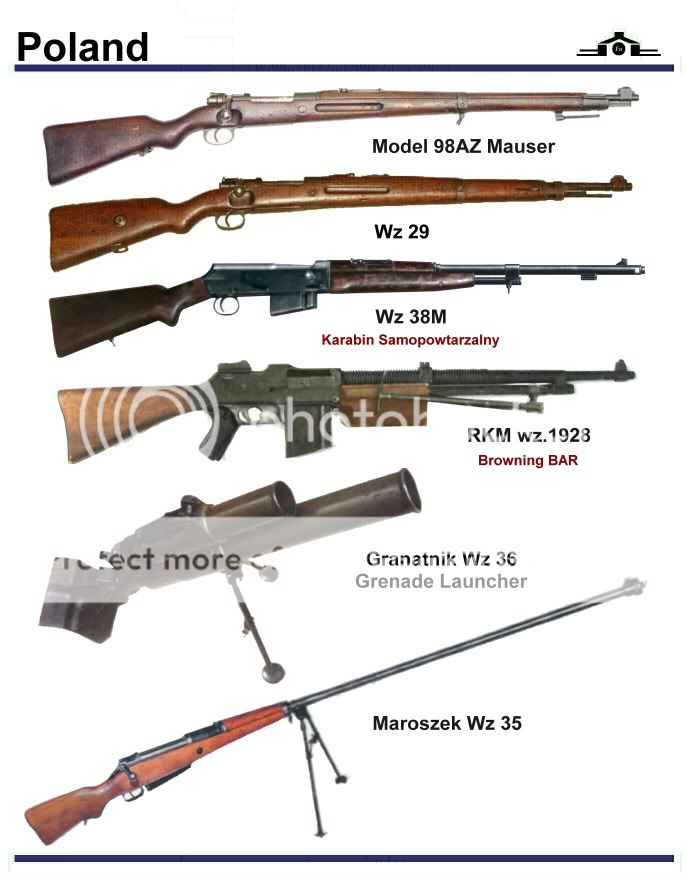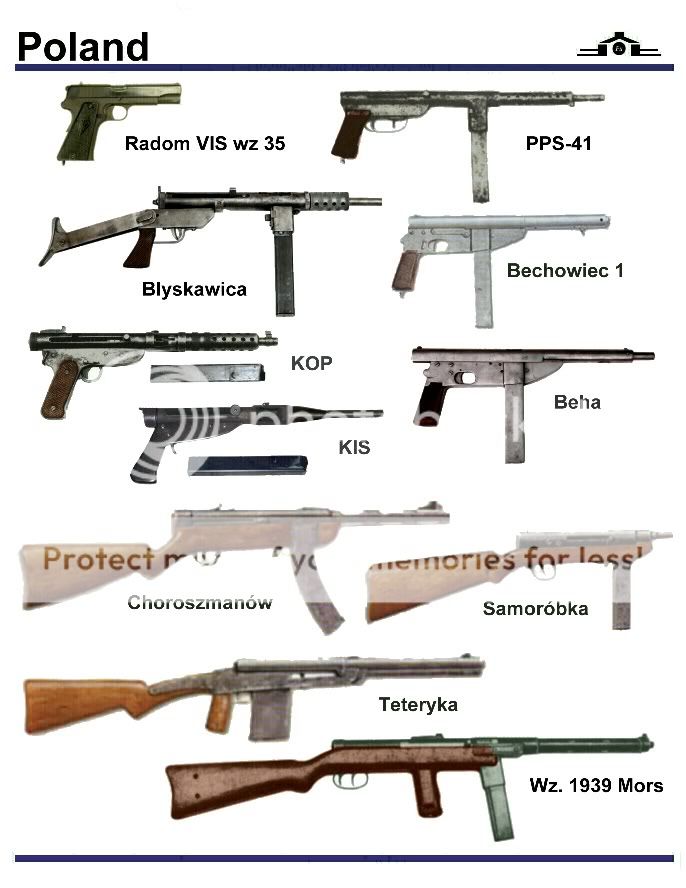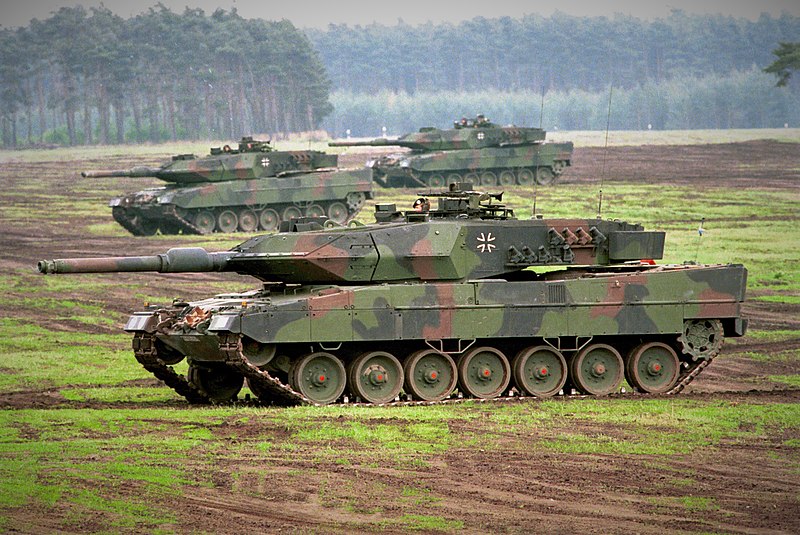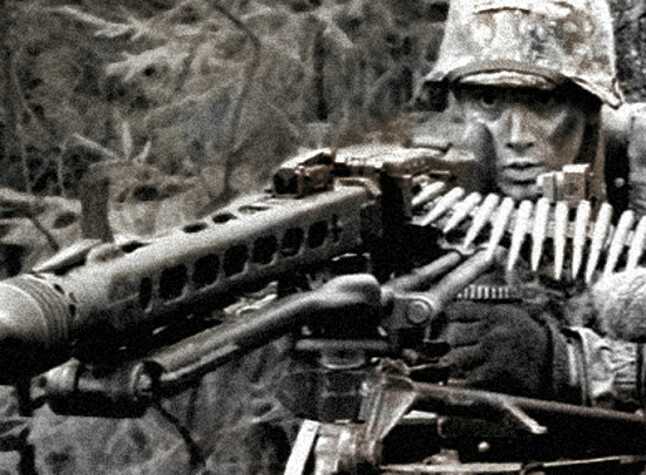- Invitation Status
- Posting Speed
- Multiple posts per day
- 1-3 posts per day
- One post per day
- 1-3 posts per week
- Online Availability
- 9 A.M to 12 P.M - 6 P.M to 1 A.M
- Writing Levels
- Intermediate
- Adept
- Advanced
- Prestige
- Adaptable
- Preferred Character Gender
- Male
- Primarily Prefer Male
- Genres
- Fantasy, Scifi, Modern, Magical, Horror, Romance,
Right now I'm more than happy to have people join... accuracy is something we can address through story...
Right now let's figure out how to kill a convoy.
Of course you're accepted Fear Maker
Fair enough good sir! Like I said, I mean no disrespect towards anyone, and I am by no means a historian, more of an enthusiast. I'm a full blooded German and though I definitely wasn't there, I can say its one of the not so great to be a German feelings. There were some who did stand up and say what they did was wrong, but not nearly enough and THAT'S why I'm sorry.






